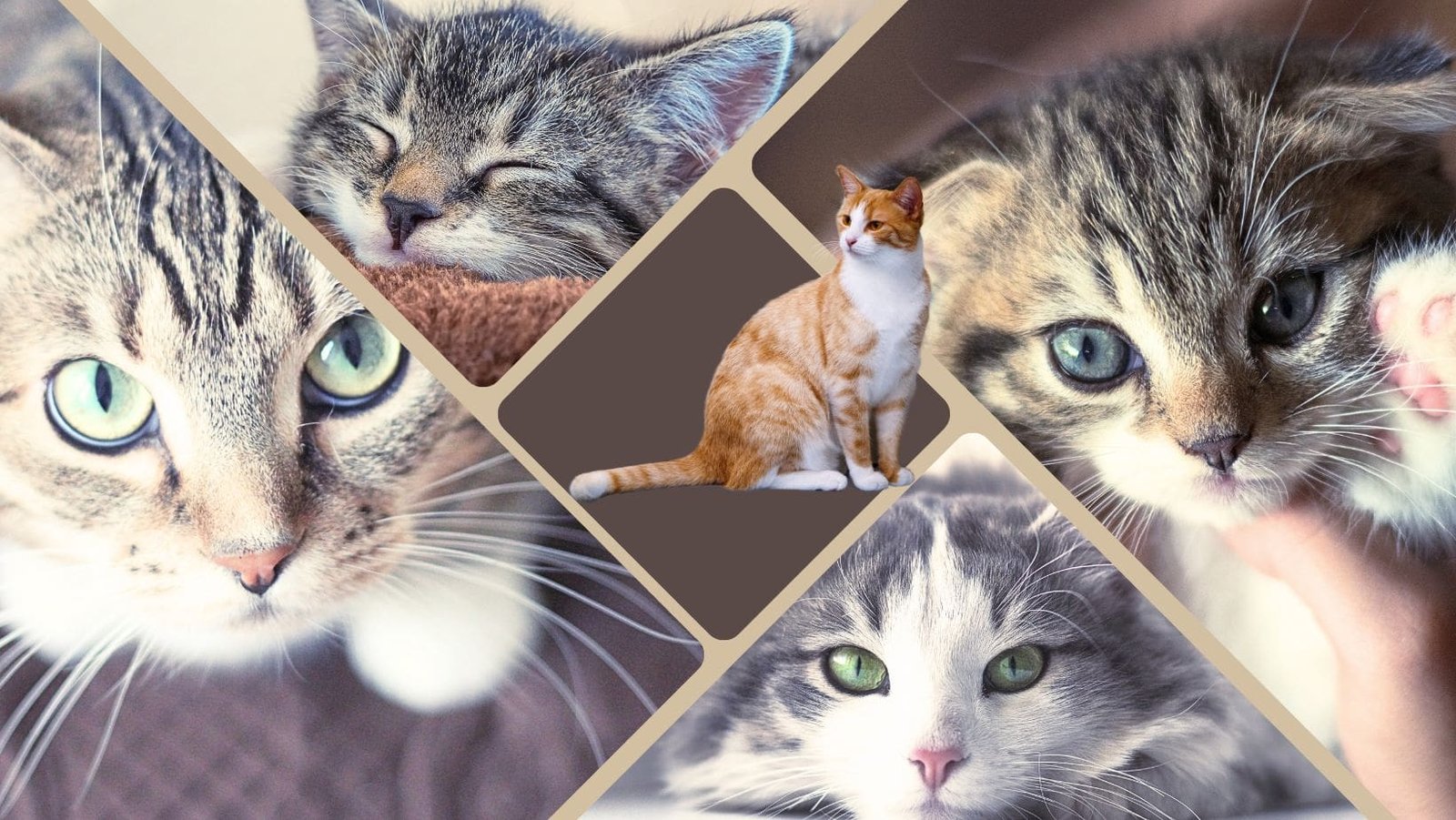Introduction
Cats are adored for their fluffy coats and playful antics, but beneath their charming exteriors lies a potential health hazard: their hair. While it’s common knowledge that cat hair can trigger allergies in some individuals, what many people don’t realize is that it can also harbor various diseases and pathogens that pose risks to both humans and other animals. In this comprehensive guide, we’ll delve into the lesser-known health concerns associated with cat hair, exploring the diseases it can transmit and how to mitigate these risks.

Understanding the Risks
Cat hair may seem innocuous, but it can serve as a vehicle for transmitting diseases in several ways:
- Microscopic Hitchhikers: Cat hair can trap a multitude of microscopic organisms, including bacteria, fungi, and parasites, which may thrive in the warm and humid environment of a cat’s fur.
- Scratches and Bites: When grooming or playing, cats may inadvertently scratch or bite their owners or other animals, introducing pathogens from their hair into the bloodstream.
- Airborne Transmission: Shed cat hair can become airborne, carrying allergens and pathogens that can be inhaled or settle on surfaces, increasing the risk of disease transmission.
Common Diseases Associated with Cat Hair
- Cat Scratch Fever (Cat Scratch Disease):
- Cause: Caused by the bacterium Bartonella henselae, which can be present in cat saliva and on their claws.
- Symptoms: Fever, swollen lymph nodes, headaches, and fatigue.
- Transmission: Scratches or bites from infected cats can transfer the bacteria to humans.
- Ringworm:
- Cause: A fungal infection caused by various dermatophyte fungi, commonly Microsporum canis.
- Symptoms: Red, itchy, and circular rashes on the skin, often with a raised border.
- Transmission: Direct contact with infected cat hair or spores shed in the environment.
- Toxoplasmosis:
- Cause: Caused by the protozoan parasite Toxoplasma gondii, which can infect cats and be shed in their feces.
- Symptoms: Mild flu-like symptoms in healthy individuals, but severe complications in pregnant women and those with weakened immune systems.
- Transmission: Contact with contaminated cat feces, soil, or undercooked meat containing the parasite.
- Salmonellosis:
- Cause: Caused by the bacterium Salmonella, which can be present in cat feces and on their fur.
- Symptoms: Diarrhea, abdominal cramps, fever, and vomiting.
- Transmission: Ingestion of contaminated cat hair or surfaces.
- Cat Allergies:
- Cause: Proteins found in cat hair, saliva, and dander can trigger allergic reactions in susceptible individuals.
- Symptoms: Sneezing, coughing, wheezing, itchy eyes, and skin rashes.
- Transmission: Inhalation or contact with allergens shed from cat hair.
Mitigating the Risks
While the risks associated with cat hair cannot be entirely eliminated, there are steps that cat owners and individuals can take to minimize exposure and protect against potential health threats:
- Regular Grooming:
- Brushing your cat regularly can help reduce shedding and remove loose hair, decreasing the spread of allergens and pathogens.
- Use grooming tools designed to capture and contain loose hair, minimizing its dispersal in the environment.
- Hand Hygiene:
- Wash your hands thoroughly with soap and water after handling cats or cleaning litter boxes to reduce the risk of bacterial and parasitic transmission.
- Encourage children to wash their hands after interacting with cats or playing in areas where cat hair may be present.
- Environmental Hygiene:
- Vacuum carpets, upholstery, and other surfaces frequented by cats to remove shed hair and allergens.
- Clean litter boxes regularly to minimize the accumulation of cat feces and reduce the risk of bacterial contamination.
- Routine Veterinary Care:
- Schedule regular veterinary check-ups for your cat to monitor their health and address any potential infections or parasites promptly.
- Ensure your cat is up-to-date on vaccinations to prevent certain diseases, such as rabies and feline leukemia.
- Safe Handling Practices:
- Avoid rough play with cats to minimize the risk of scratches or bites that could introduce pathogens into the skin.
- Teach children how to interact with cats gently and responsibly to prevent accidents and injuries.
Conclusion
While cats bring joy and companionship to millions of households worldwide, it’s essential to be aware of the potential health risks associated with their hair. By understanding the diseases that can be transmitted through cat hair and implementing proper hygiene and preventative measures, cat owners can help safeguard their health and that of their loved ones. Regular grooming, hand hygiene, environmental cleanliness, veterinary care, and safe handling practices are crucial components of responsible cat ownership, ensuring a harmonious coexistence with our feline friends while minimizing health hazards.
Discover more from EMMOCEB
Subscribe to get the latest posts sent to your email.






